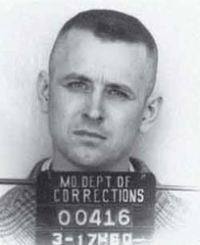Inmates that Flew the Coup in Jefferson City
Keeping desperate and restless people behind bars will always present challenges to corrections officials. Early in the Missouri State Penitentiary’s history, escapes were commonplace. Between a lack of a secure perimeter and prisoners working in the community, many escapes were accomplished without much planning or ingenuity.

Escapees Terrorize Town
By 1868, the convict population had grown to 735. Many of them worked outside the walls, and escapes were a common occurrence. One convict escaped and stole a citizen’s horse to make his getaway. Others terrorized the citizenry. Townspeople armed themselves to the teeth in order to protect their families. In 1868, a spectacular and terrifying story made the headlines: an underground passage was discovered reaching nearly under the wall. It had been detected just in time. The townspeople shuddered at the lurid prospect of 700 loose convicts robbing and ravishing at will. Public outcry demanded that something be done about the prison.
Convicts Escape by Train
In 1870, some convicts successfully gained their freedom by jumping on board of freight trains. The prison guards complained that the trainmen of the Pacific Railroad were intentionally encouraging the inmates to escape. Guard J.P. Raithel testified, ”I have seen the managers of the train throw apples to the convicts and motion at them. When I arrived at the train, the managers seemed to be angry. I think I would regard the motions made by the trainmen as being friendly to the escape of the prisoners.”
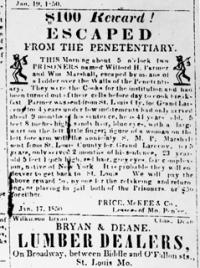
Popular Escape Trick Attempted
While news of an escape from the Penitentiary or from a convict work detail always made headlines, some prisoners never even made it all the way to Jefferson City and had better luck with the “water closet dodge.” Two Vernon County prisoners were en route to the Penitentiary by train, and after they had traveled some distance toward Jefferson City they complained that their leg irons were hurting them. An officer removed them and fastened them over the convicts’ coats instead of over their wrists. Later, the two asked permission to go to the water closet of the car while an officer remained outside and waited, but it was already too late. The two prisoners had easily wriggled out of the wrist restraints, opened a window and leapt out. As the train was traveling at half speed at the time, the pair escaped unhurt. By the time the train was stopped and men sent back to look, the convicts had disappeared into the thick forest.
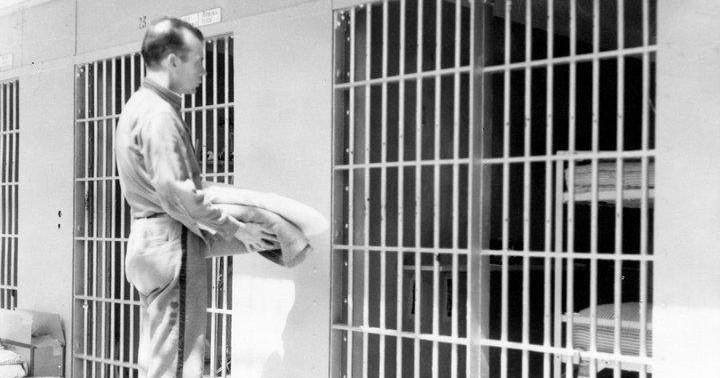
Convicts Hang for Escape Attempt
At 3:00 on the afternoon of November 24, 1905, four prisoners met at the stockade gate. George Ryan handed out Colt .44 revolvers and a large supply of ammunition to fellow convicts Harry Vaughan, Edward Raymond and Hiram Blake. The four then entered the office of Deputy Warden R. E. See and ordered him to put his hands in the air. Instead, he went for his gun and was shot in the shoulder. After See slumped to the floor, he and another person in the office were grabbed and used as shields for the men as they raced across the yard toward a large iron gate that led outside. Guard John Clay was gatekeeper for the day and was ordered to hold up his hands. While in this vulnerable position, one of the four shot him in the head, killing him. Another guard, Ephriam Allison, noticed the commotion through a grated door and yelled, “What’s going on in there?” He was shot twice and also killed.
The escapees then placed a charge of nitroglycerin on their last remaining hurdle to freedom: a large gate at the end of the driveway. It blew the lock completely off the gate and made a jagged hole large enough for the men to drive through. The four ran down along the railroad tracks towards the train depot, shooting back at the pursuing guards. One of the fleeing prisoners, Hiram Blake, was shot and killed by police officer John Bruner. The remaining three jumped into a wagon. Using the driver as a shield, they grabbed the reins and whipped the horses to a full gallop down Madison Street south to Dunklin. In front of the Capital City Brewery, Ryan fainted from sheer fright and fell off the wagon.
Vaughan and Raymond kept going until a young boy bravely ran into the street and grabbed the bridle of one of the horses, stopping the wagon. Vaughan leapt from the wagon and tried to shoot the boy, but his gun wouldn’t fire. A policeman apprehended the escapees and they were returned to the Penitentiary and placed in solitary confinement. George Ryan confessed to the escape plot and told prison officials that the guns, ammunition and explosives had been brought to them by H.E. Spencer, an ex-convict.
After a series of trials and appeals, the Missouri Supreme Court finally found the three guilty of murder in the first degree and sentenced them to hang. Ryan was upset by the verdict, as he felt he should have been treated more leniently for confessing the details of the escape plot. Dressed in suits, the men were hanged side-by-side on June 27, 1907. The hanging took place in the Cole County jail yard on Monroe Street in front of a huge crowd.
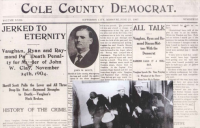
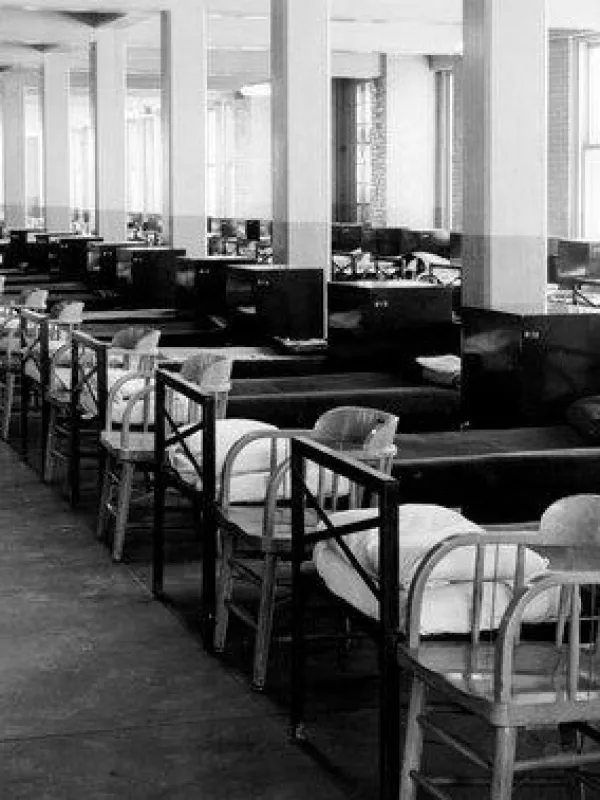
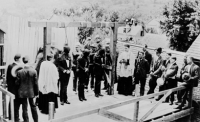
Guards Man Towers to Prevent Escape
There were 16 watch towers. These guard stations were numbered and each guard had a special toned whistle signal by which he talked to the central office. Some of the towers were very picturesque and at a distance resembled the old feudal castle towers of the old world. Each guard was heavily armed to prevent escape via the wall route. The guards were always on the lookout, both day and night. They were divided into two watches of 12 hours each.
One industrious convict escaped in 1916 using a method that had never been tried before. Convict George Smith, a lifer serving a murder sentence, hid from officers one morning as they escorted the breakfast line to eat. Smith took a 16-foot scantling and dragged it to the east wall. In a feat of extraordinary strength, he climbed hand over hand to the top of the wall, scrambled over and dropped to the ground below. It was a steep drop, but he escaped injury. He then raced for the railroad track and was long gone before discovered missing from his prison factory job. Amazed prison officials could only shake their heads. The Jefferson City Democrat Tribune dubbed Smith the “Human Fly” and called his getaway a “remarkable feat.”
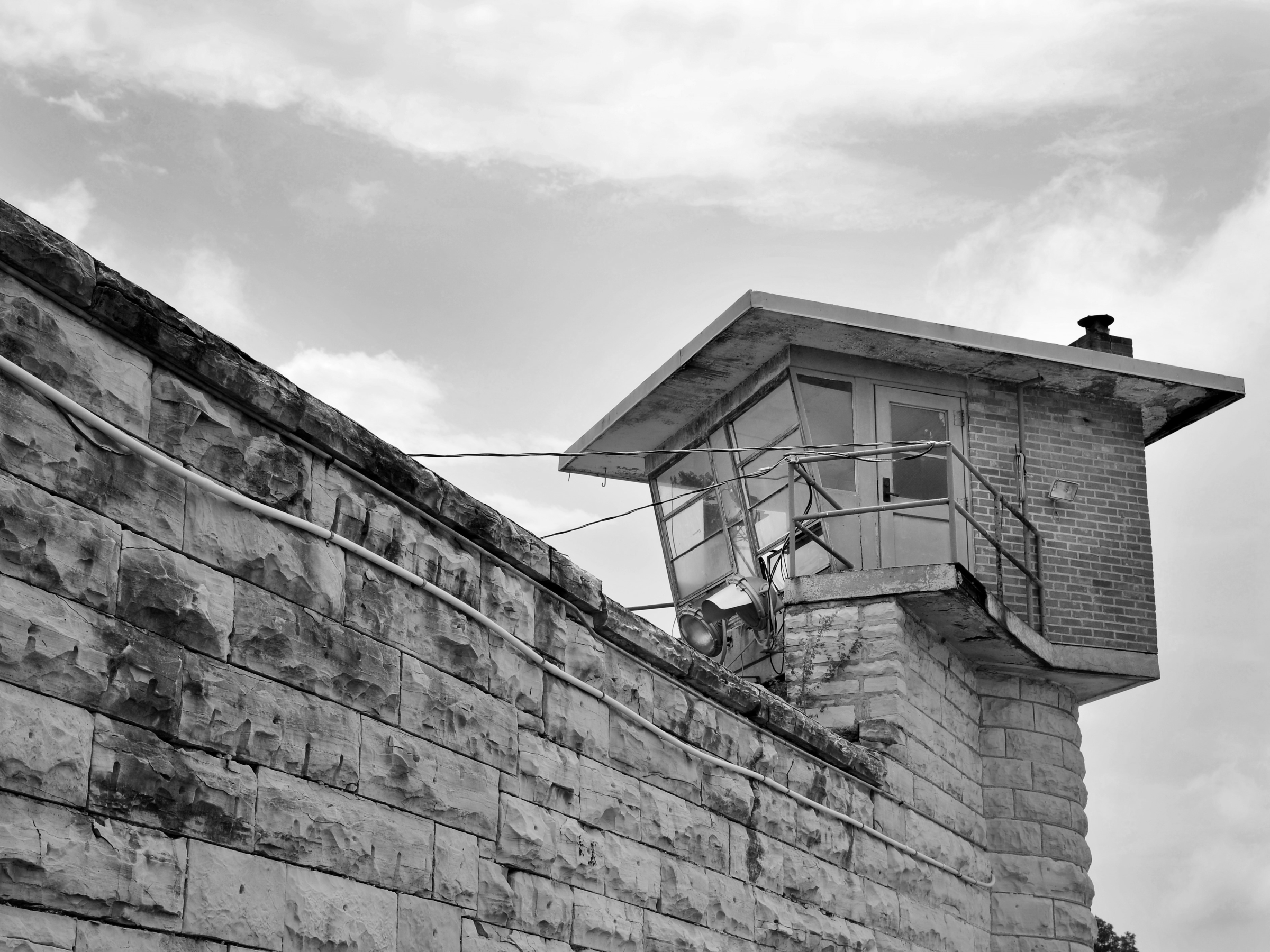
Escape in the Missouri River
On a bitterly cold January afternoon in 1926, one of the most desperate attempts to escape the Penitentiary made headlines. Two convicts, Carl Pittman and Fred Hildebrand, were working at the machine shop. While the guard had his back turned, the two grabbed a ladder and, quick as a flash, were up and over the wall. Guards on towers 11 and 12 saw the two leap to the ground and opened fire on them as they raced toward the river. They alerted other guards who pursued the escapees with shotguns. Hildebrand reached the river first and began gingerly walking across the ice cakes. Pittman jumped into the icy water and swam toward a cake, clinging to it for dear life. The guards on shore fired their weapons, yelling and cursing.
When the two convicts had made it halfway across the river, the current suddenly caught the ice cakes they were riding and swept them back to the prison side of the river. The guards raced alongside them, finally catching up where Prison Farm No. 1 bordered the river. By now, the freezing, exhausted convicts gladly reached for the sticks held out to them by the guards. One of the men was near collapse and was slipping from his ice cake as he was rescued. Both men were bundled in blankets and rushed to the prison hospital in serious condition with frostbitten hands and feet. Later, the two said they had hoped to reach the opposite side and hide in the willows until nightfall. Except for the tricky current, they might have been successful.
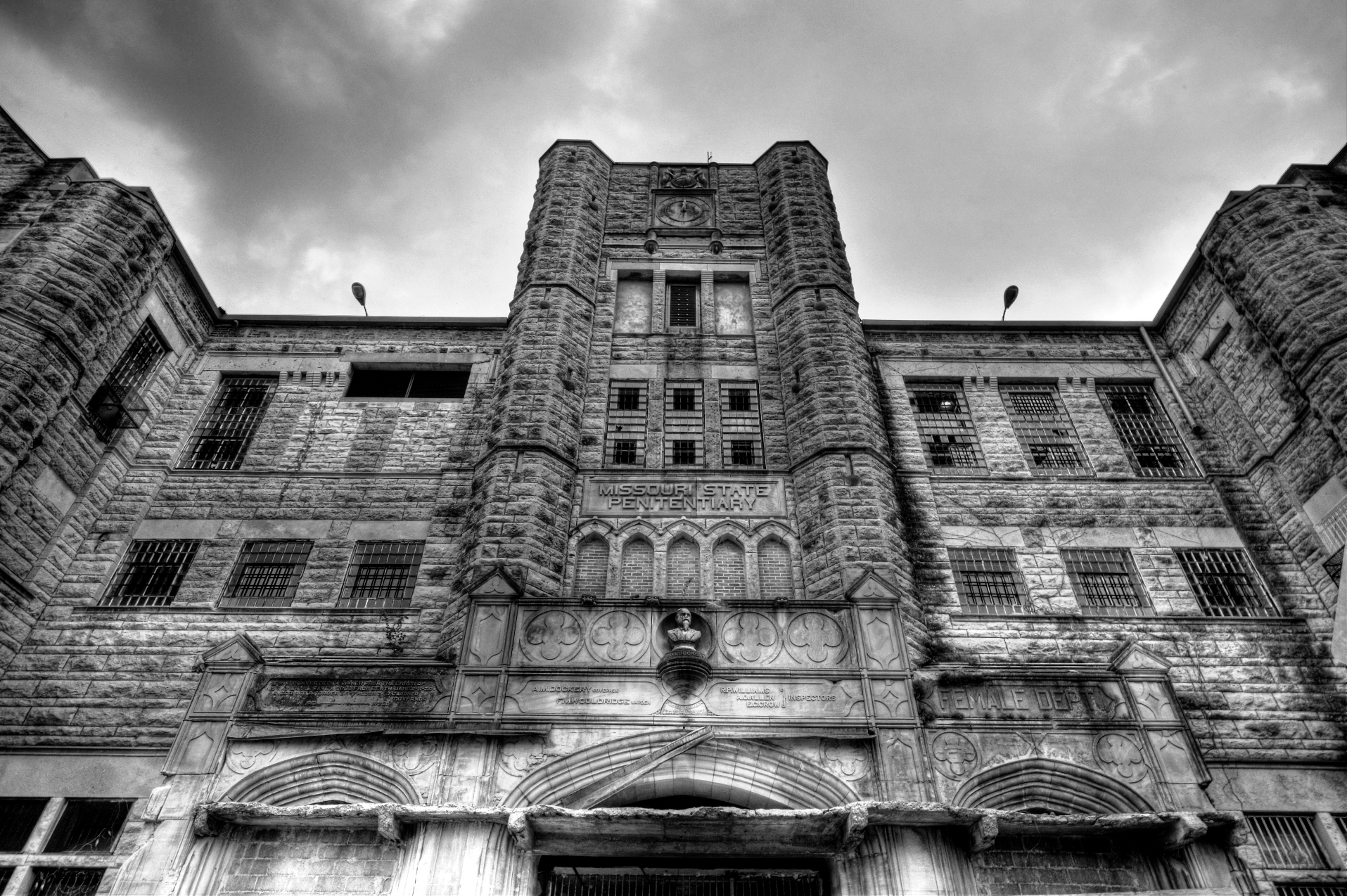
Escape through a Sewer Pipe
One man, whose idea to leave town in 1924 was a little premature, earned a place in escape history. While most escape attempts were made by convicts out on work detail, or were carefully planned strategies to scale the wall or storm the gates, Walter Holub had a different idea. Holub had been sent to clean out a sewer pipe that lay within the prison.
Not caring much for doing the assigned job, he stuck his head into the 16-inch pipe and wriggled his way to the outside where he emerged coated with sewage. He managed to make his way out of Jefferson City and, in fact, entirely out of the state before he was apprehended in Denver, Colorado six months later after robbing a drugstore.
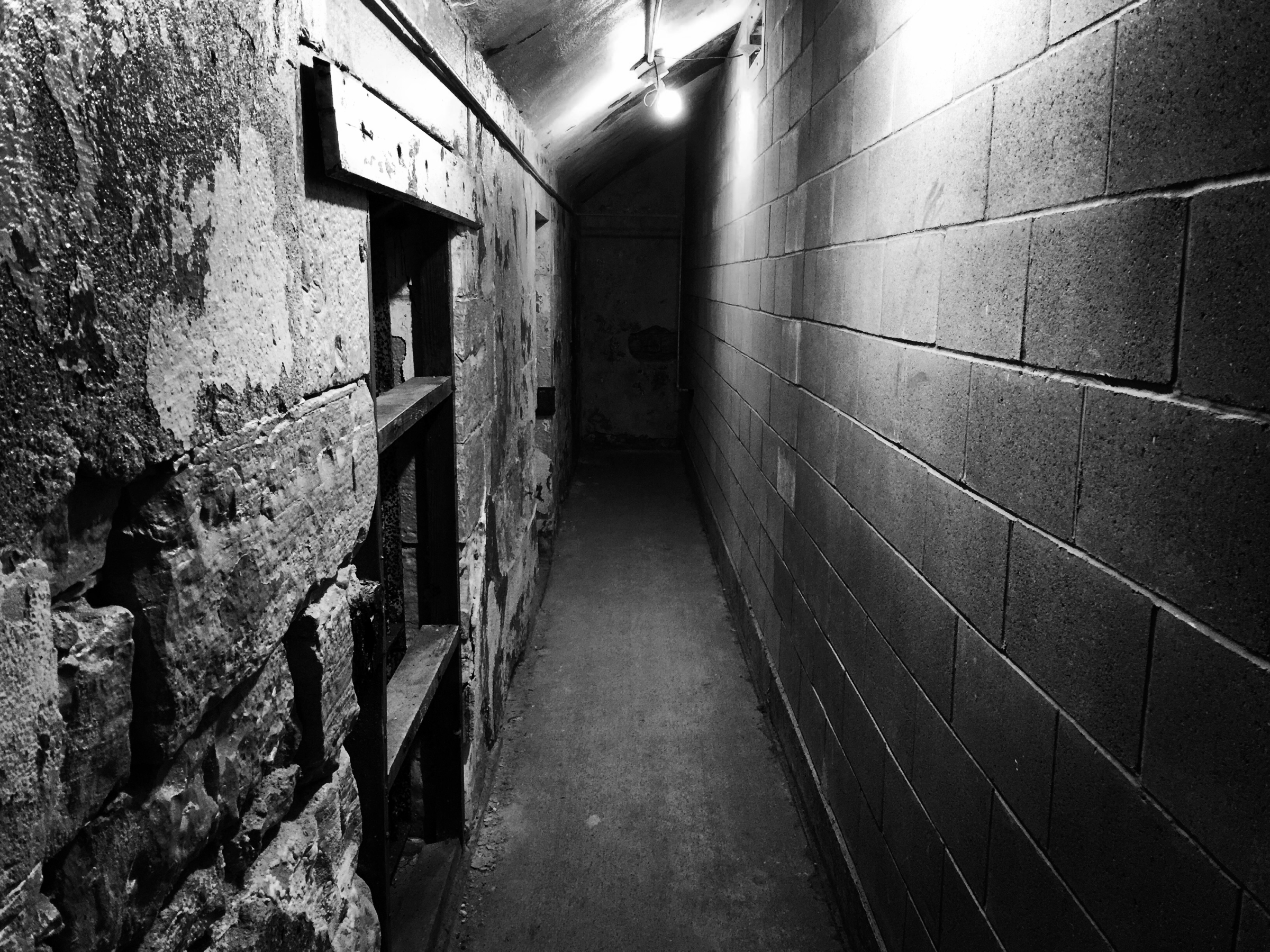
James Earl Ray Escapes
James Earl Ray began a record of scrapes, big and small, with the law serving terms in Joliet and Pontiac prisons in Illinois and Leavenworth Federal Penitentiary in Kansas. On October 10, 1959, Ray and James Owens, an ex-convict, held up a Kroger store in St. Louis. Ray was given a 20-year sentence at MSP. A few months into his sentence, Ray made an unsuccessful escape attempt by climbing over the wall on a homemade ladder that collapsed. Five years later, he made it to a roof before being spotted. He became well-known for his ability to disappear for days on end inside the prison.
On Sunday morning, April 23, 1967, Ray’s escape plan worked. Reporting to work early in the prison bakery, he was helped into one of the large boxes used to ship loaves of bread. A truck from Renz Farm drove in to pick up bread and Ray rode out of MSP in the bread box, escaping from the truck somewhere between MSP and Renz Farm. Ray later went on to plan and perform the assassination of Dr. Martin Luther King, Jr. (see Infamous Inmates).
